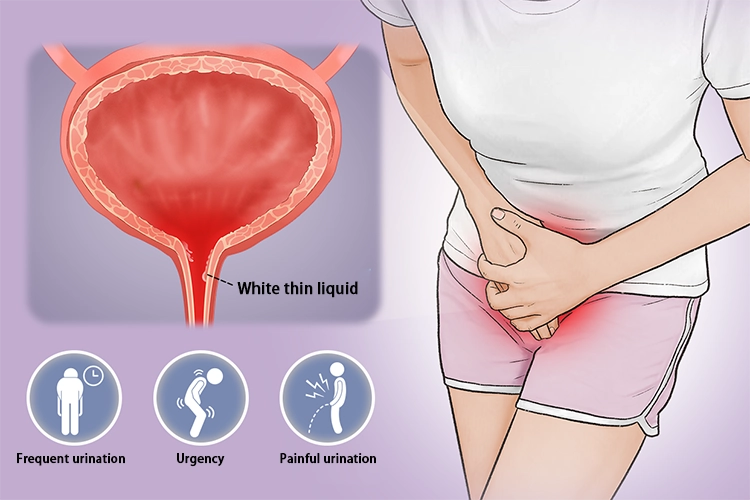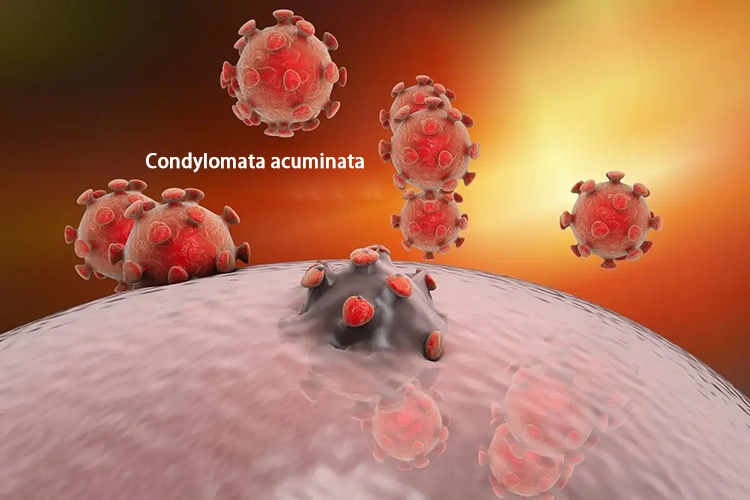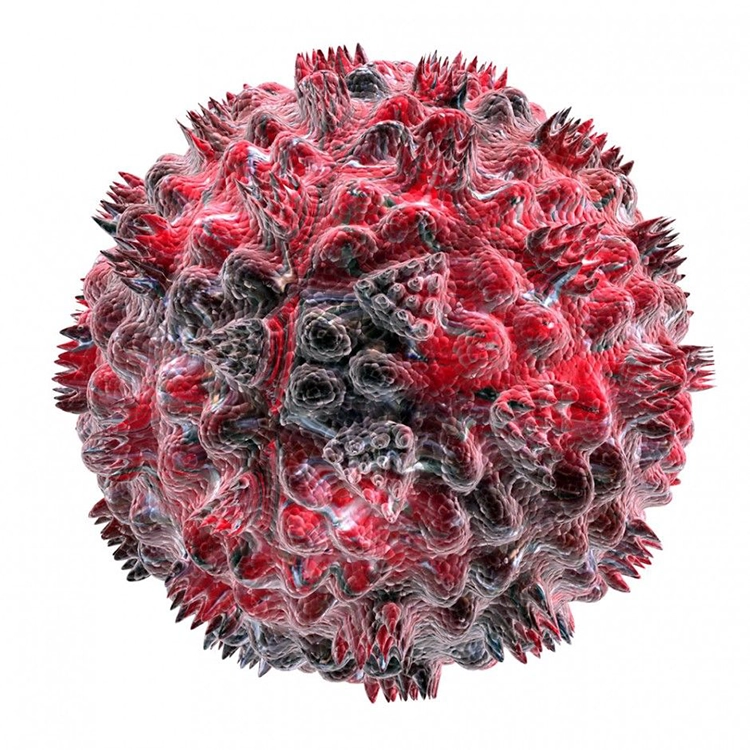Re “Can abstinence cause an STI?” The answer is “No”

What is an STD
Venereal disease refers to sexual behavior as the main route of transmission of an infectious disease, mainly including syphilis, gonorrhea, genital chlamydia trachomatis infection, genital warts, genital herpes and so on.

There are 2 things you need to know about “STD” :
1. STDS don’t start on their own
2. The ways of transmission of STDS include: sexual activity, mother-to-child transmission, blood transmission, indirect contact.

What kinds of STDS are there?
Sexually transmitted diseases are listed as 8 in the “Measures for the Prevention and Control of sexually transmitted diseases”, of which 6 are the diseases we have heard of or are familiar with.

1. Gonorrhea
The pathogenesis of gonorrhea is Neisseria gonorrhoeae invading the human body, causing infection of the reproductive and urinary systems.
The incubation period of gonorrhea is short, usually 3 days, not more than a week.
Secretions from the birth canal of a pregnant woman with gonorrhea during delivery can infect the newborn, causing gonococcal conjunctivitis.
The specific symptoms are congestion and swelling at the urinary junction and the female vagina, with purulent secretions oozing out.
Gonorrhea is generally treated by bactericidal treatment, including external bactericidal ointment and internal antibiotics, mainly using cephalosporin antibiotics, macroscopycin and doxycycline.

2. Non-gonococcal urethritis
Other than Neisseria gonorrhoeae, other bacteria and pathogens can cause nongonococcal urethritis, primarily chlamydia and mycoplasma.
Symptoms are similar to gonorrhea, mainly urethral symptoms, and the incubation period is 1 to 3 weeks, with an average of 2 weeks.
Non-gonococcal urethritis is also treated with antibiotics such as tetracycline, macrolides, and quinolones.

3. Syphilis
Syphilis is caused by treponema pallidum and is a more chronic infection than gonorrhea.
Syphilis can be classified into occult syphilis, primary syphilis, secondary syphilis, and tertiary syphilis.

Primary syphilis strikes three weeks after infection, secondary syphilis usually appears 3-4 months after infection, and tertiary syphilis is extremely harmful, involving the whole body organs, and appears about one to two years after infection.
Therefore, it is recommended to intervene in the early stage, usually using intramuscular injection of penicillin for treatment.

4. Acuteness wet wart
I believe that everyone is no stranger to HPV (human papillomavirus), condyloma acuminatum is caused by HPV virus infection.
HPV (human papillomavirus) incubation period is relatively long, can reach three months.
The symptoms of condyloma acuminatum appear on the surface of the skin, such as long small papules, etc., can appear in the genital and anal parts of the papillary, vegetable growths.

Condyloma acuminatum to sexual transmission, skin contact with patients with condyloma acuminatum lesions and contaminated clothing and supplies, etc., may also cause transmission.
The newborn can be infected with human papillomavirus through the birth canal of pregnant women with condyloma acuminatum. Treatment is generally the use of drugs or laser, freezing and other methods of treatment, after treatment need to be regularly reviewed to find and deal with recurrence.

5. Genital herpes
Genital herpes is caused by infection with the herpes virus HSV
Genital herpes has an incubation period of about 3-5 days
The clinical symptoms are blisters and ulcers in the genital area, accompanied by pain. In severe cases, there will be systemic fever, myalgia, headache and other symptoms.

Pregnant women with genital herpes during childbirth, such as genital blisters or rashes can be transmitted to newborns, and even lead to newborn death.
Genital herpes is usually treated by oral antiviral drugs, such as acyclovir, valaciclovir and other drugs can improve or even eliminate clinical symptoms, but can occur repeatedly, if the skin surface inflammation is severe may also be accompanied by antibiotics.

6. AIDS
One of the most notorious sexually transmitted diseases is AIDS, which is caused by HIV infection.
AIDS has a long incubation period, an average of six years, before the onset of the disease, the infected person will become HIV carriers.

HIV attacks the body’s immune cells, leading to a range of immune diseases. There is still a lack of effective drugs to treat HIV, and intervention is usually through antiviral and immunotherapy.
The other two STDS are chancroid and lymphogranuloma venereum. The former is caused by infection with Haemophilus ducreae and is therefore characterized by pain in the genitals. Venereal lymphogranuloma is caused by infection with Chlamydia trachomatis (Chlamydia). The incubation period is on average two weeks, and symptoms are mainly present in the femoral groove and around the rectum.

7. Ulcers of the vulva
Syphilis, chancre, and genital herpes can all cause ulcers to appear on the vulva. If the ulcers are round and painless, they may be caused by syphilis. If the ulcer forms after a blister has burst and is painful, it may be genital herpes. If the ulcer is soft and accompanied by pain, it may be a soft chancre.

8. Warts
Can be divided into flat wet wart and condyloma acuminatum. Both are generally distributed around the anus or vulva, flat wet wart is grayish white, nodules appear, slightly elevated, easy erosion; Condyloma acuminatum is light red or grayish brown, cauliflower shaped or cockscomb shaped warts.

